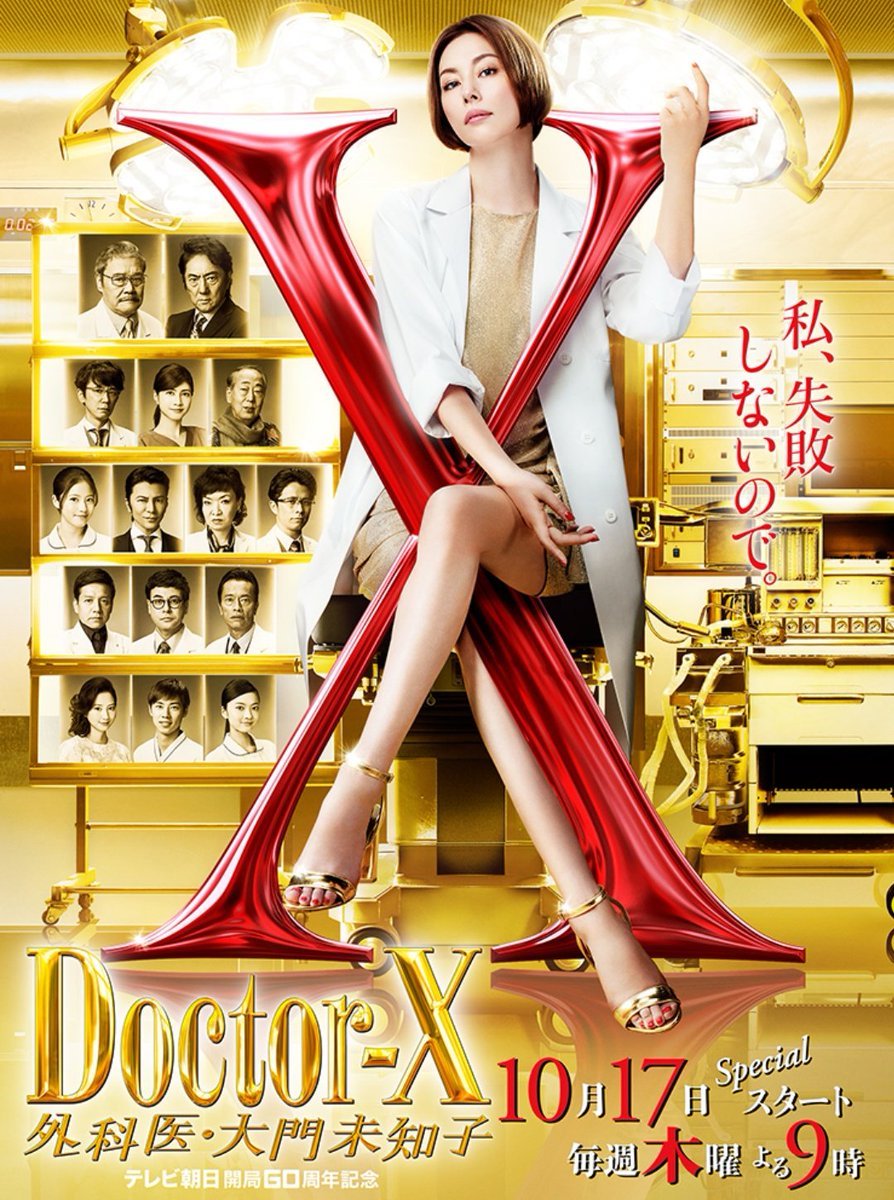

Screenwriter: Don Mullaly, Carl Erickson. The result is one of the most visually striking, eerily atmospheric horror films of the classic Hollywood era-finally restored to its original, lurid glory.ģ5mm, Technicolor, 77 min. For a film about an artist driven to madness by realism, Curtiz and his principal creative team, cinematographer Ray Rennahan and production designer Anton Grot, lean heavily into the decidedly unnatural, eerie hues of the two-color process. Glenda Farrell’s plucky reporter is on the case-with an assist in comic verve from Frank McHugh, as her editor-with Fay Wray drawn into the gruesome doings owing to her uncanny resemblance to Marie Antoinette. Badly injured in the blaze, he relocates to New York City where people and corpses begin to disappear in the run up to the opening of his new exhibition. While a nitrate print of the film was discovered in 1969, it wasn’t until 2019 when the UCLA Film & Television Archive and The Film Foundation were able to utilize modern restoration techniques-and another nitrate print source -to give the film a digital restoration upgrade.Ītwill plays a sculptor of realistic historical figures who loses them all in an act of arson that destroys his London museum. Wax Museum surpassed its precursor at the box office but took on legendary status after it fell out of circulation and was thought to be lost for decades. The last and best of Hollywood’s two-color Technicolor features, Mystery of the Wax Museum was Warner Bros.’ follow-up to its horror-thriller Doctor X (1932), reprising much of the same cast and crew, including director Michael Curtiz and stars Lionel Atwill and Fay Wray.

Preservation funding provided by the Hobson/Lucas Family Foundation Mystery of the Wax Museum


Please review our required COVID-19 precautions and updated admission policy.


 0 kommentar(er)
0 kommentar(er)
